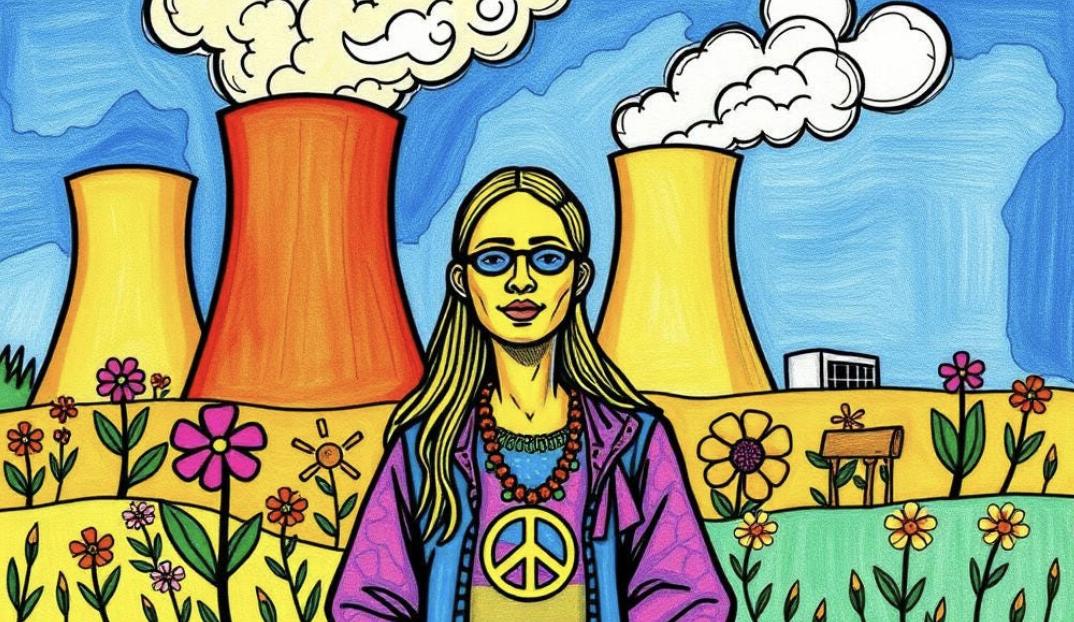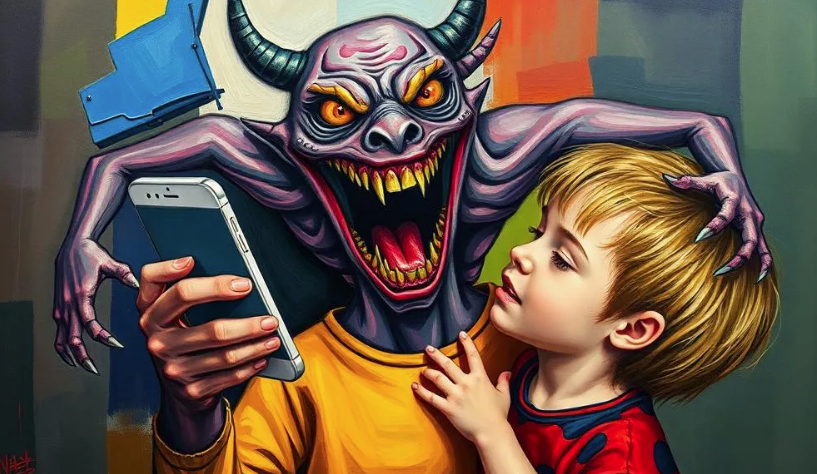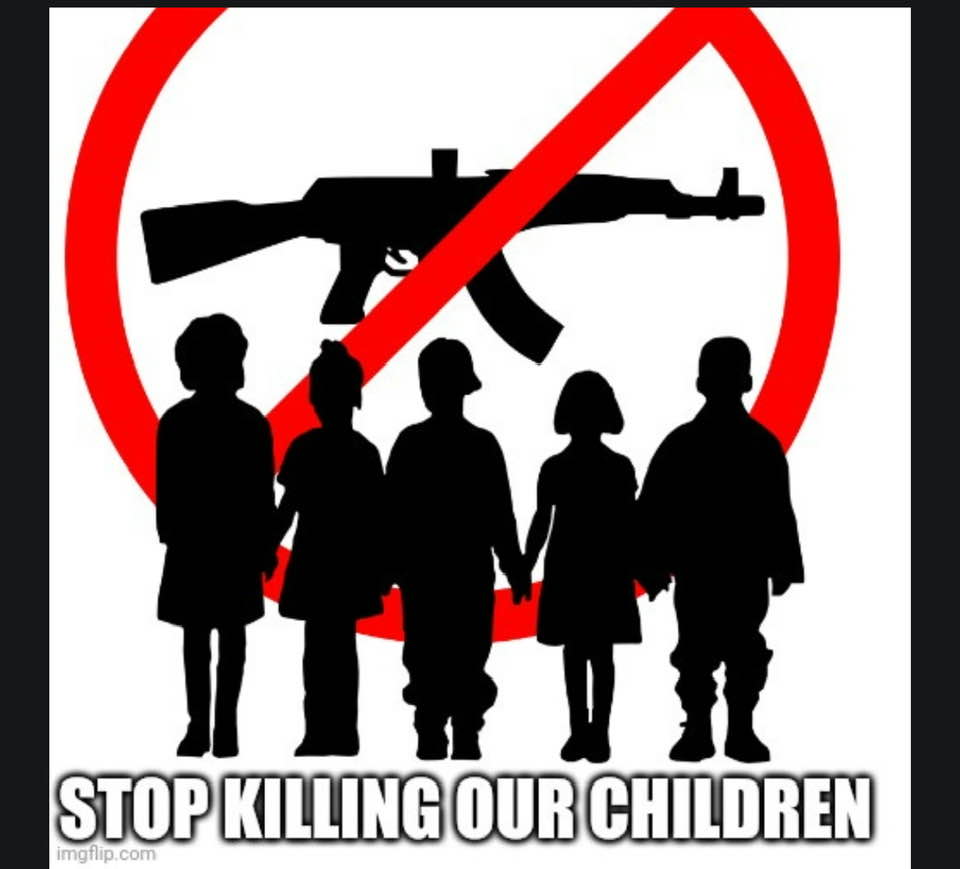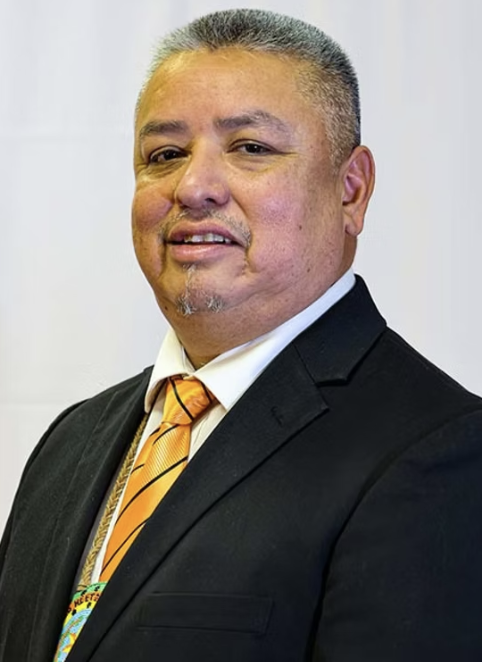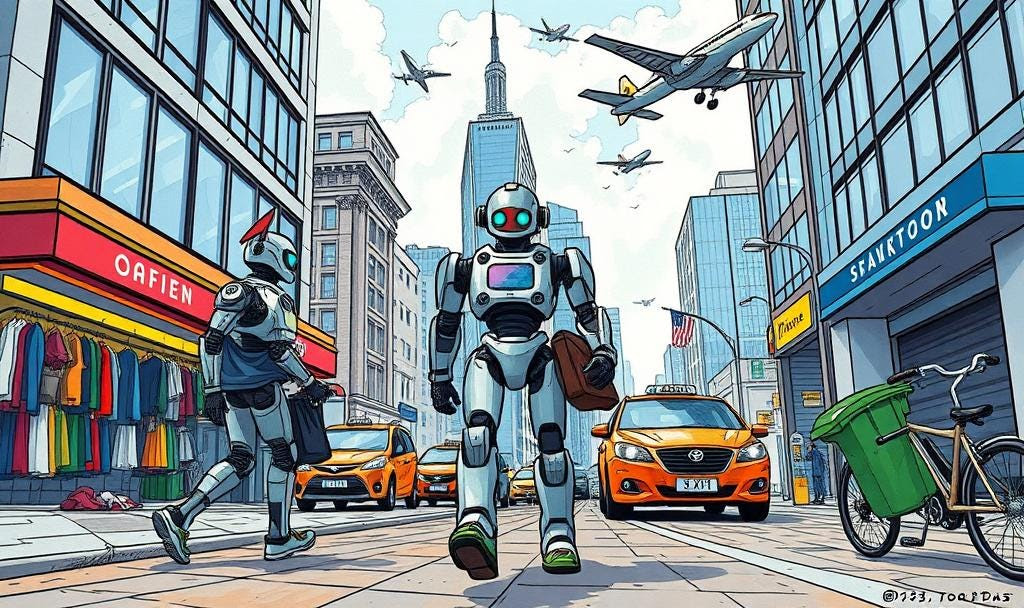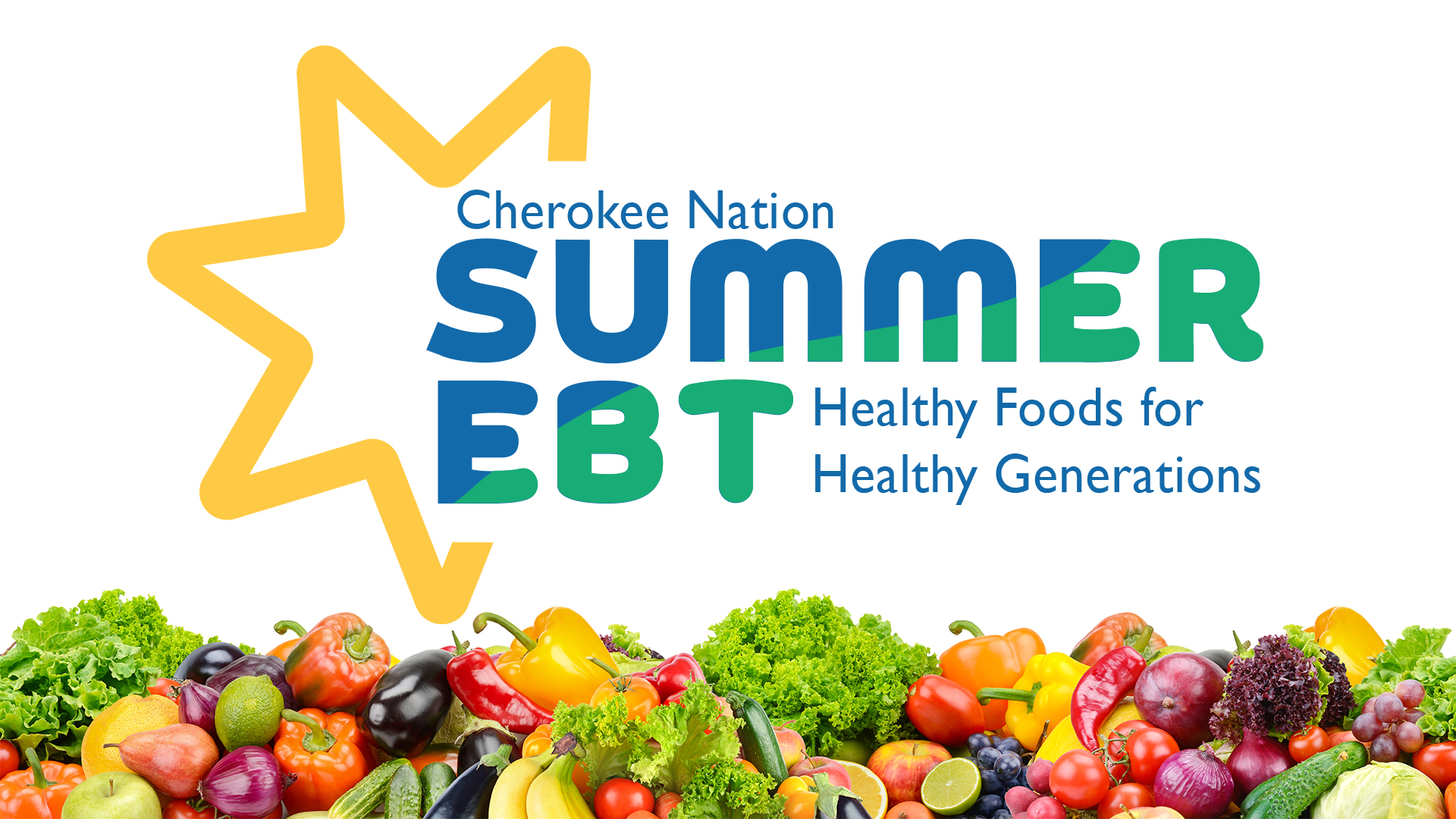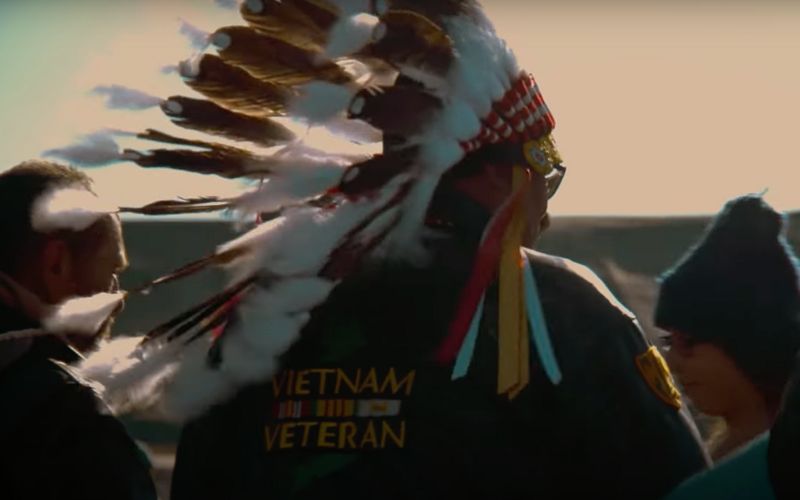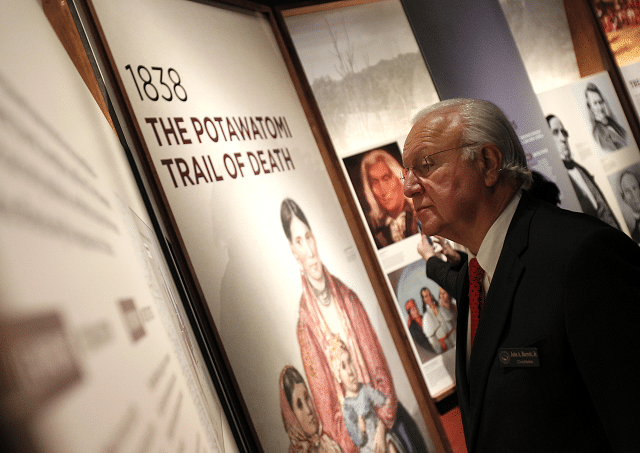Opinion
- Type: Default
- Ad Visibility: Show Article Ads
- Reader Survey Question: No Question
- Video Poster: https://nativenewsonline.net/images/10_Years_Logo.png
Guest Opinion. One of the things that is never mentioned is something that both President Joe Biden and President Donald Trump agree on and that is increasing the nuclear power capacity in the U.S. Biden had a goal of tripling nuclear energy; Trump has a goal of quadrupling nuclear energy. Biden planned for 200GW by 2050; Trump’s goal is 400GW by 2050. In a recent survey, 61% of Americans favor nuclear energy.
- Details
- By Professor Victoria Sutton
- Type: Default
- Ad Visibility: Show Article Ads
- Reader Survey Question: No Question
- Video Poster: https://nativenewsonline.net/images/10_Years_Logo.png
Two cases alleging harms caused by artificial intelligence are emerging this week that are cases that involve children’s particular vulnerabilities—vulnerabilities artificial intelligence is designed to exploit. In North Carolina v. Tiktok the state has filed a complaint against Tiktok for the harm caused to children by creating addictions to scrolling through the app’s features, including functions of suggesting to the child they are missing things when they are away from the app, increasing their usage.
- Details
- By Professor Victoria Sutton
- Type: Default
- Ad Visibility: Show Article Ads
- Reader Survey Question: No Question
- Video Poster: https://nativenewsonline.net/images/10_Years_Logo.png
Opinion. As the school year resumes across the United States, so too has the tragic recurrence of school shootings. Since August 1, there have been five such incidents nationwide.
- Details
- By Levi Rickert
- Type: Default
- Ad Visibility: Show Article Ads
- Reader Survey Question: No Question
- Video Poster: https://nativenewsonline.net/images/10_Years_Logo.png
Guest Opinion. Change is not a new concept to Cherokee Nation. Our tribe’s history shows all-too-many examples of adapting to a changing world. Whether it’s social, geographical or technological, Cherokee citizens are resilient in the face of change. Key to our longevity is accepting change even as it shifts beneath our own feet but doing so on our own terms.
- Details
- By Chuck Hoskin Jr
- Type: Headshot
- Ad Visibility: Show Article Ads
- Reader Survey Question: No Question
- Video Poster: https://nativenewsonline.net/images/10_Years_Logo.png
Guest Opinion. As chief of the United Keetoowah Band of Cherokee Indians (UKB), I know what it means to fight to protect our land and defend our sovereignty. We have fought for jurisdiction over our own reservation, for federal approval of trust lands to host programs and deliver services Members, and for our right to game on our own lands, all to provide for our people on our terms. And we are fighting still, every day.
- Details
- By Jeff Wacoche
- Type: Default
- Ad Visibility: Show Article Ads
- Reader Survey Question: No Question
- Video Poster: https://nativenewsonline.net/images/10_Years_Logo.png
Opinion. With a deadline looming for the ownership transfer of Oak Flat to Resolution Copper, 9th U.S. Circuit Court of Appeals last week granted an emergency injunction that temporarily halted the transfer.
- Details
- By Levi Rickert
- Type: Default
- Ad Visibility: Show Article Ads
- Reader Survey Question: No Question
- Video Poster: https://nativenewsonline.net/images/10_Years_Logo.png
Guest Opinion. The emerging technology of artificial intelligence suggested that soon we would all be losing our jobs. The Screen Actors Guild and Writers Guild of America first recognized that Artificial Intelligence (AI) could take their identities and do their jobs, and negotiations to protect them were intense. Some suggest physicians and lawyers will soon be out of a job with AI. News like the student at MIT who dropped out because we will all be dead due to AI before she can graduate promises sensational headlines. For now, humans are still needed and AI is still not replacing us, but let’s revisit some of the ideas of UBI (Universal base income) and how much our identities are tied with our occupation.
- Details
- By Professor Victoria Sutton
- Type: Default
- Ad Visibility: Show Article Ads
- Reader Survey Question: No Question
- Video Poster: https://nativenewsonline.net/images/10_Years_Logo.png
Guest Opinion. Cherokee Nation stepped forward again this summer to meet a need too great to ignore: feeding hungry children.
- Details
- By Chuck Hoskin Jr
- Type: Default
- Ad Visibility: Show Article Ads
- Reader Survey Question: No Question
- Video Poster: https://nativenewsonline.net/images/10_Years_Logo.png
Guest Opinion. Native Americans have remarkably stood on the frontlines of the US military service, answering the call to defend the nation. Their contributions span every historic battle of the past century, from World Wars I and II to conflicts in Korea, Vietnam, Afghanistan, and Iraq. Today, these indigenous people make up about 1.7% of active-duty service members despite comprising only 1.4% of the general population. Meanwhile, more than 140,000 veterans currently reside nationwide, with American Indians and Alaska Natives having served in the Armed Forces at five times the national average—the highest per-capita participation of any demographic in the military. Tragically, like many of their comrades, these individuals were also exposed to environmental contaminants, such as asbestos, burn pits, Lewisite, Agent Orange, and radiation causing a myriad of serious illnesses.
- Details
- By Cristina Johnson
- Type: Default
- Ad Visibility: Show Article Ads
- Reader Survey Question: No Question
- Video Poster: https://nativenewsonline.net/images/10_Years_Logo.png
Opinion. America will celebrate its 250th anniversary of declaring independence from England next Independence Day, July 4, 2026.
- Details
- By Levi Rickert

